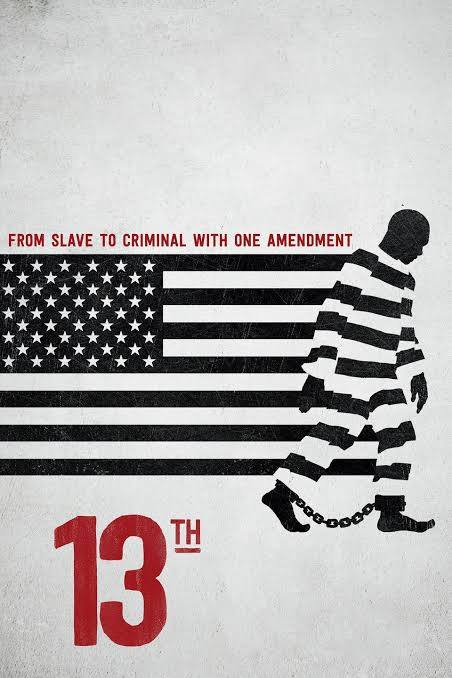Sociopathic Society: When Inclusion Becomes a Threat
- Kyrai Rose, Ph.D.

- Mar 15
- 4 min read

A teacher in Idaho was ordered to remove signs from her classroom in 2025 after being told her signs violated policy. The policy cited calls for neutral signs only that support a “positive learning environment.” Interestingly, this teacher’s signs said, “Everyone is welcome here” and “Everyone in this classroom is welcome, important, accepted, respected, encouraged, valued" and "equal." Hmmm. This sounds like a message supportive of a positive learning environment to me. This teacher, Sarah Inama, refused to remove the signs. When she was questioned, she provided the requested justification for how the signs follow school policy. She was told, still, that she must remove the signs or risk losing her job. The case is now attracting media attention, and will likely go to court.
When we look at the wider system of white supremacy in the United States, we can see that the ideas expressed in these posters have different meanings depending on who is reading them. To a student living each day with imposter syndrome and racial microaggressions, the signs of welcome and equality would create a feeling of safety and relief, of being seen and belonging. These signs might bring the ability to relax more than in other rooms during the school day. It is no wonder that the students in Sara Inama’s school have made her cards and bracelets in support of her stance. The students like the signs because the students want to feel welcome, important, accepted, respected, encouraged, valued, and equal. Why is it that the school administrators oppose such feelings in students?
To white supremacy, these signs of welcome, inclusion, and respect – all words of kindness – are seen as a threat. A threat to what? How can a sign that welcomes all people be threatening? It is threatening to dominator thinking, to the idea that there are some who deserve power and privilege, and some who do not. The response of requiring the teacher to take down the signs and threatening her job if she doesn’t is a great example of the immune system of white supremacy rearing its head, determined to squash anything that might oppose it. When we see positive messages of welcome and inclusion responded to as though they are a threat, we know we are in an upside-down place. It is helpful to pull into a critical thinking perspective at times like this to learn about the systemic production of such events rather than getting lost in the details. There is a wider issue at work that must be identified and addressed, or else it is easy to be lost in a game of whack-a-mole that leads to hopelessness.
Charles Derber (2013) wrote the book, Sociopathic Society. In it, he applies the criteria for sociopathic disorder to the United States as a whole. He explains that sociopathic means against the health and well-being of society and the people in it. In other words, when policy, practices, institutions, rules, and systems work against the health and wellness of the people in the country, the country itself is ill, and reproduces illness for its citizens. Much like dealing with a sociopathic person in relationship, the anti-wellness norms, impulsive actions, and lack of empathy drain away energy level, health, vibrancy, and agency for the other people in the relationship. This is when people find themselves to be living in reaction rather than intention. If we apply this paradigm to the country itself, we can see how situations like a teacher being asked to remove signs of welcome is a symptom of a much more serious illness rather than a case of a couple isolated, misled administrators.
Sometimes in anti-racism trainings, the sociopathic conditioning of white supremacy shows itself through a white person talking about their discomfort with the ideas being discussed, usually in a defensive way. The tone of voice and words used display a feeling of being threatened, and the person almost seems protective of the conditioning. This is a normal part of the process of healing from being steeped in sociopathic norms. I will sometimes stop a person who is talking from this place and ask them, “What is it you are arguing for?” Or I might ask, “What is your goal right now?” It is important to always remember that I am talking to a program and that there is a human behind that programming. Anti-racism education and action seek to free that human from the program so that their heart can open and they can face the pain of what racism has stolen from and produced in all of us. When we are defending a sociopathic stance that puts the wellness of groups of people at further and continued risk, we have to ask ourselves, “Would I like it to be okay to have some people oppressed because it is normal for me and I wouldn’t have to change?”

In a sociopathic society, an upside-down place, what is “normal” is not healthy, life-giving, healing, or community-minded. A system founded on oppression of some and elevation and privilege of others is by its very nature sociopathic. These are uncertain and confusing times, and yet they are also revealing times. Every day we see more examples of the wider issue, the systemic sickness of society. May we use the data well and further awaken our hearts so that we can feel the reality of our situation and move forward together with the intention of dismantling the systems, institutions, policies, and behaviors that perpetuate sociopathic norms.
To read more about the teacher and her sign situation, please follow this link:




Comments